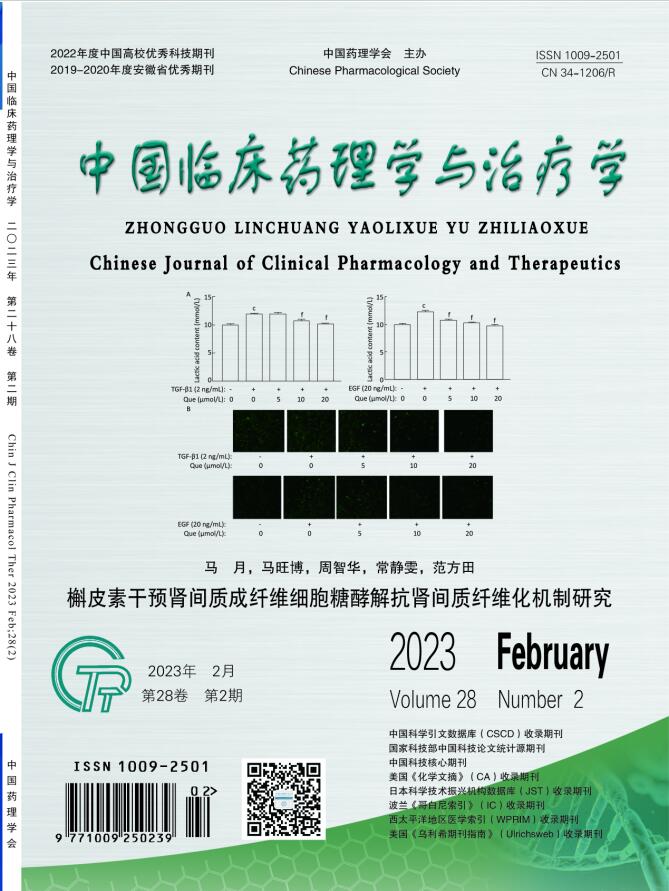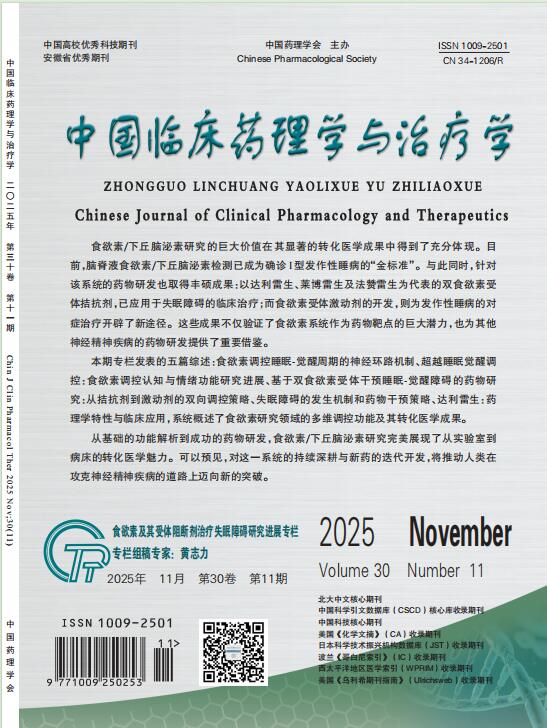AIM: To investigate the mechanism and reversal effect of Zuo Jin Wan (ZJW) on cetuximab (CET) resistance in KRAS mutant colorectal cancer cell. METHODS: The mutation status of KRAS gene in SW620, Lovo, HCT116, HT29 and Caco2 cells were detected by Sanger sequencing. CCK-8 assay was used to detect the effects of ZJW, CET, ZJW combined with CET and CET, ZJW in combination with other cell death inhibitors on the survival rate of the above cells, and to observe the reversal effects of ZJW on CET-treated KRAS mutant cells (SW620, Lovo and HCT116). Flow cytometry, colorimetric method, and Fe2+ ions fluorescent probe FerroOrange were used to detect the effects of ZJW, CET and their combination on ROS, GSH and Fe2+ levels in KRAS mutant cells. Western blot and real-time PCR were used to detect the regulatory effects of ZJW combined with CET on proteins and mRNA of ferroptosis-related pathway. RESULTS: KRAS mutant cells include HCT116 (KRASG13D), Lovo (KRASG13D) and SW620 (KRASG12V), while HT29 and Caco2 were KRAS wild-type cells. Compared with 125 μg/mL CET-treated KRAS mutant cells, CET at same concentration significantly reduced cell viabilities of KRAS wild-type cells (Caco2 and HT29 cells) by 34.03%and 40.68%, respectively (P<0.01). ZJW (50 μg/mL) combined with CET (125 μg/mL) markedly reduced cell viability of HCT116, Lovo and SW620 cells, which were 59.97%, 59.47%and 52.58%, respectively (P<0.05), compared with the controls. ZJW could enhance ROS and Fe2+ levels, and decrease GSH levels in KRAS mutant cells. When ZJW combined with CET, the effects were more significant (P<0.05,P<0.01). ZJW combined with CET inhibited protein and mRNA expressions of SLC7A11, GPX4, Nrf2 and MDM2 in SW620 cells, and increased the expression of p53 protein. However, the combined treatment did not affect the level of p53 mRNA. CONCLUSION: ZJW could regulate Nrf2 and p53 pathways in KRAS mutant cells, thereby inhibiting SLC7A11 and GPX4 expressions and promoting ferroptosis, which may be the mechanism of reversing CET resisgtance.


